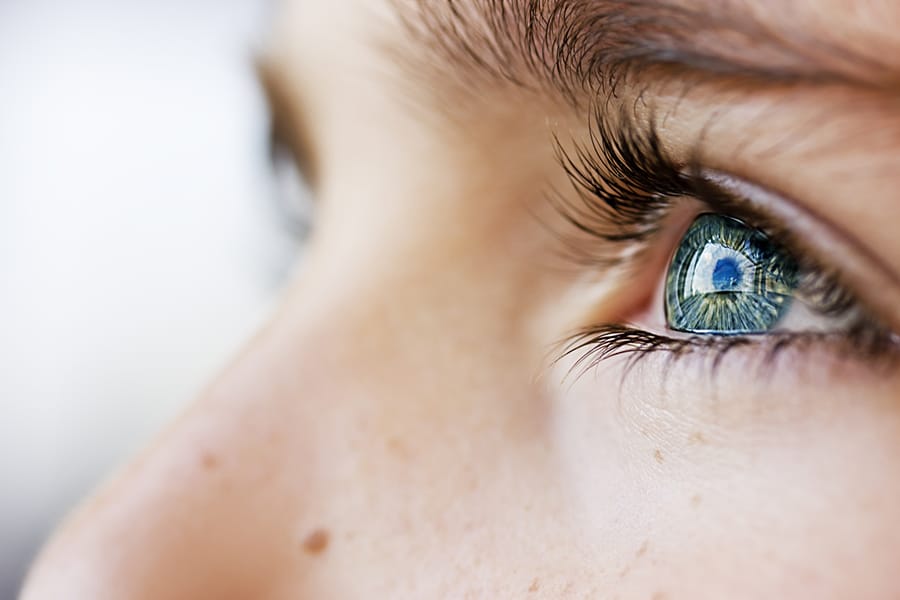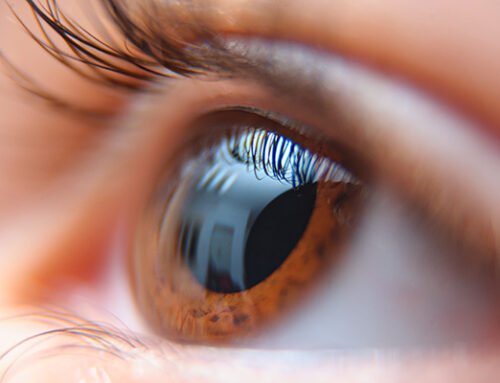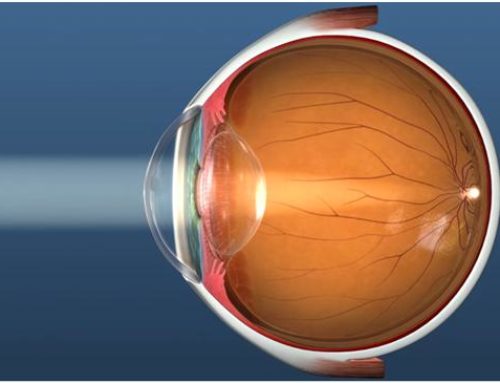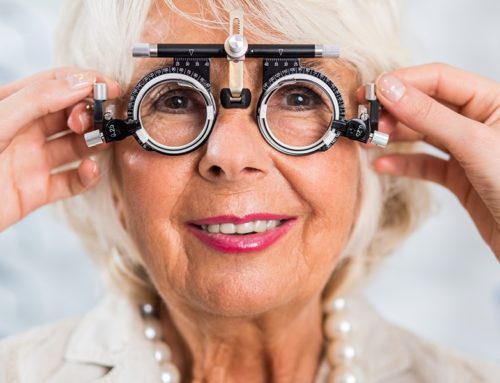There are different types of eye diseases that might damage your eyes, but working with an experienced eye doctor is one of the best things that you can do to avoid the long-term damage from these common diseases. Many people haven’t heard of keratoconus, but just because you haven’t heard of this eye disease doesn’t mean that you aren’t at risk. Here are a few things that you need to know about keratoconus:
What is Keratoconus?
This vision disorder is linked with changing shapes of the cornea within the eye. Normally, the cornea has a round shape, giving the front part of the eye the nice rounded appearance that shapes the eye ball. But, Keratoconus causes the cornea to become irregularly shaped, and typically the cornea will develop the appearance of a cone shape. Also, the cornea often becomes thin.
As the shape and thickness of the cornea changes, it can have an impact on the person’s vision. In the early stages of the eye disease, a person might experience distortion in their vision, or they might notice a slight burring in their vision. Early symptoms might also include a higher sensitivity to light and glare.
Most people will start developing these early sensitivities in their teens or twenties, and the progression of the eye disease is very slow. It is possible that the symptoms might progress for ten to twenty years, and then eventually the progression might slow down. The progression can vary from one person to the next, so it is essential that you work closely with an eye doctor for the best treatment for your individual situation.
Advanced Stages of Keratoconus
It is possible for keratoconus to affect both eyes, although each eye might be affected differently from this eye disease. As keratoconus continues to progress, the shape of the cornea changes in a way to make it bulge even more. These changes in the shape of the cornea will continue to cause vision distortion, and it will get worse over time.
Your eye doctor might recommend soft contact lenses or eye glasses during the early stages of Keratoconus in order to overcome the astigmatism and nearsightedness that is caused by the eye disease. As the eye disease continues to progress, then it might be suggested that you use rigid gas permeable contact lenses for the best results.
In severe cases of keratoconus, a corneal transplant might be needed to correct the vision. This surgery isn’t always recommended, because it depends of the severity of the symptoms and the person’s overall eye health.
If you are suffering from any type of eye disease, including Keratoconus, it is best that you work closely with your eye doctor in order to identify the right treatment for your needs. Even if you haven’t been diagnosed with an eye disease, it is still important that you maintain regular eye exams so that your optometrist can monitor your eye health and detect vision problems in the early stages. For more information, contact Village Eyecare to schedule an eye exam.








